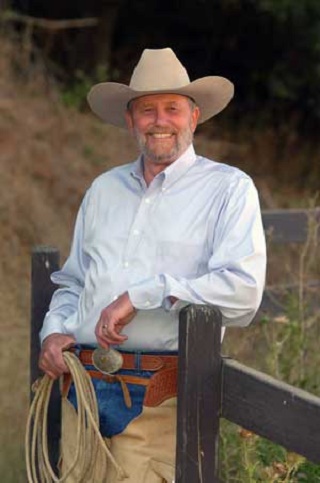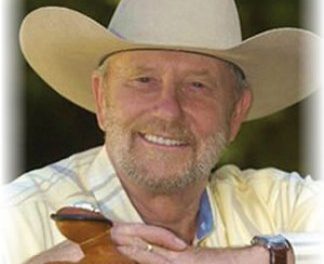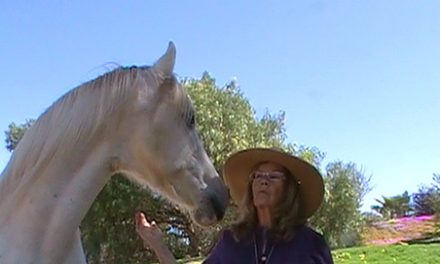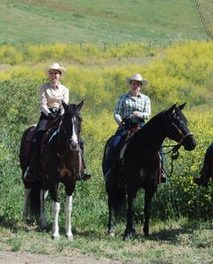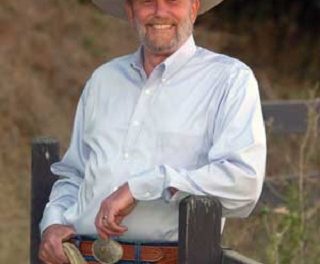 For me, horsemanship is being knowledgeable of and responsible for every aspect of the horse. There are many areas we need to understand and one of the most important is hoof care. Next time I’ll discuss some other important areas.
For me, horsemanship is being knowledgeable of and responsible for every aspect of the horse. There are many areas we need to understand and one of the most important is hoof care. Next time I’ll discuss some other important areas.
There is a good deal of discussion now whether horses should be shod or go barefoot. I’m sticking my neck out here but here goes; this is an area where we should use common sense, taking into consideration the health of the feet and the amount and type of activity of the horse. We also need to consider the type of feed and the supplements the horse is getting. When a barefoot horse comes in for training and the feet are healthy with good conformation, I don’t recommend having the horse shod. Some horses have very hard feet with good conformation and will never need to be shod. If a horse with iron feet is working a lot on terrain that is rocky or abrasive, shoes may or may not be needed. We usually ride over many types of terrain and not just rocks. So, here again, we use common sense. The decision is always based on the health of the foot.
Some people say shoeing is not natural. Putting a rider on a horse’s back is not natural either. Plus, a rider adds more weight and that changes the dynamic of hoof care. Some people are adamant that all horses can go barefoot but that is just not true. Most horses can go barefoot under the right conditions, such as not being worked and being a pasture pet. Proponents – some not all – of going barefoot have the philosophy that all horses can go barefoot if given time to adjust. When a horse is going to go barefoot, time does need to be allowed for the feet to harden and adjust. If it takes a year to get a horse sound when barefoot, then I don’t think it is fair to the horse to leave it barefoot. There are special boots that can be placed on the feet to get them used to being unshod. These are similar to the Easy Boot that can be used out on the trail when a shoe is lost. These may help but the horse is still walking on a hard surface inside the boot. The more a horse is ridden by a rider who is paying attention, the more the rider is going to know if shoes are needed. The reality is that not every horse can always go barefoot.
You also hear that it is good to pull the shoes in winter and there is some merit to this. Mud often sucks the shoes off anyway and we usually ride less in the winter. It is fine to pull the shoes if the horse has healthy feet and can handle it. For a horse with a narrow heel, going barefoot gives the foot a chance to spread and the heel to open up. Also, going barefoot increases the flow of blood and supports a healthy foot. The feet are stimulated because there is more contact with the frog and the bottom of the sole.
I like big shoes on a horse because a large shoe allows the hooves to expand. If a horse is shod with a shoe that is too small the hoof cannot expand and will be constricted. The bottom of the hoof wall will contract; it can’t expand because there is no place for it to go. As it contracts, the farrier puts on another smaller shoe and this can cause a horse to go lame. The bottom of the shoe should not be smaller than the coronary band. Farriers often keep the shoes as small as possible so that the horse does not lose a shoe. It is true that a horse can over reach with the back foot and pull the front shoe off. I still want the biggest shoe that fits the horse to have plenty of room in the hoof wall for the nail. From my perspective, it is a good tradeoff.
A lot of the bad rap about shoeing is caused by improper shoeing. Much lameness is caused by poor trimming and shoeing. A two-day class is not sufficient to gain the knowledge required to shoe properly. I have a lot of different horses come in for training. About 90 percent of the time the horses are not shod properly because they are not balanced (the horse’s feet are not hitting the ground evenly) or the shoes are too small. I can understand why there is so much discussion about going barefoot, but a horse’s natural conformation needs to be able to handle it.
I don’t believe that all horses should be shod. I do believe that all horses that don’t have healthy feet should be shod. If they can’t stand up to a training program or go on a long trail ride without getting sore feet, they need shoes.
Horsemanship is a complete package. It is doing what works for the horse. It is not saying that barefoot is the only way or that shoeing is the only way. It is being flexible and reasonable to meet the individual needs of the horse. It is paying attention and recognizing your horse’s needs, protecting your horse with good stalls and fences, knowing about nutrition and health care — a complete package of knowledge and action. More, next time.

